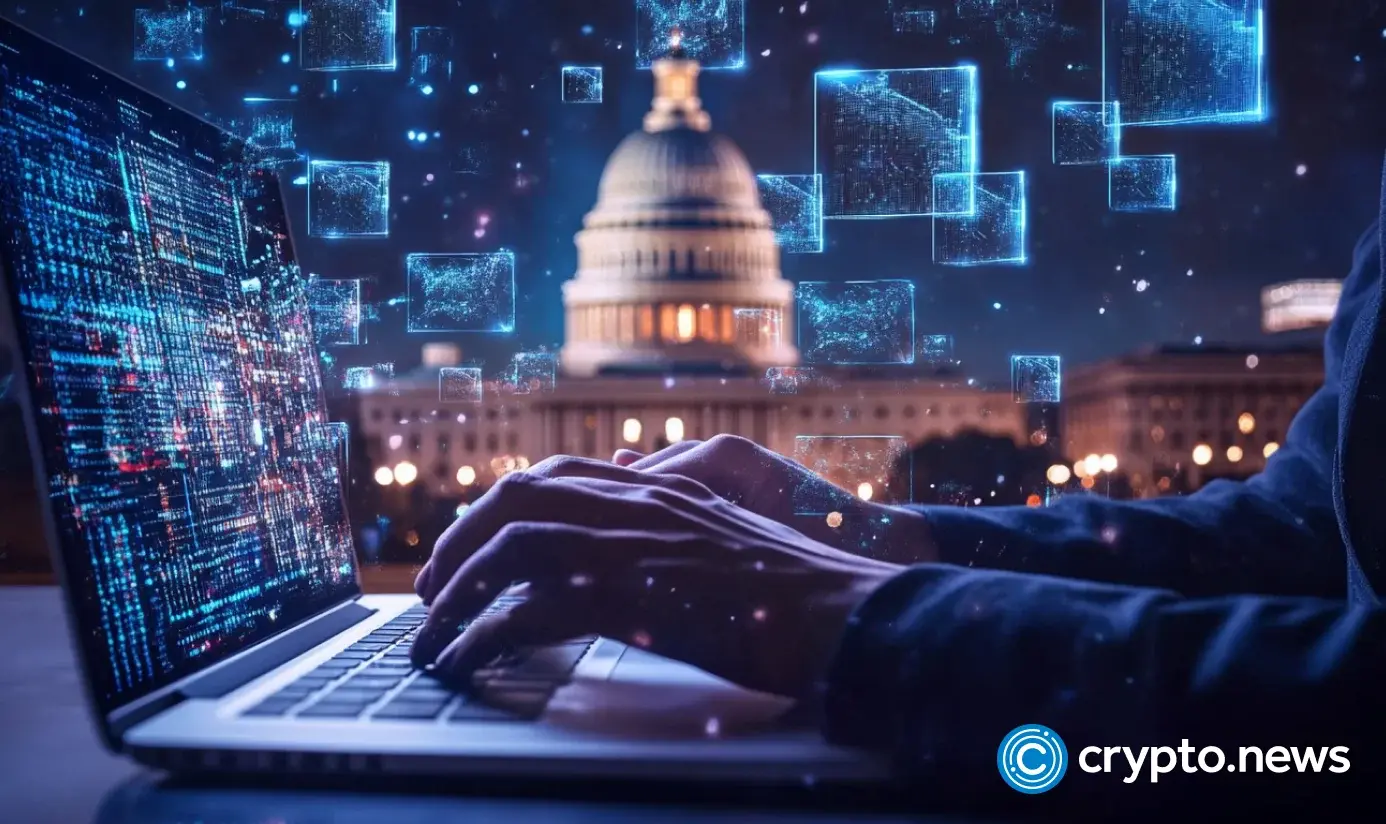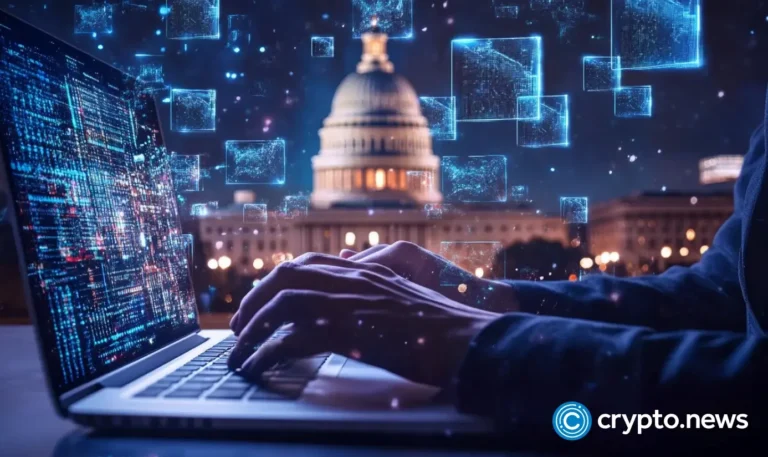
Deputy Managing Director at the IMF Bo Li sees two unresolved issues in the global fight over stablecoin dominance, specifically in the way stablecoins are classified.
During his panel speech at the World Economic Forum’s Summer Davos meeting as reported by Caixin, the International Monetary Fund or IMF Deputy Managing Director spoke about the acceleration of stablecoin exploration in numerous regions worldwide. He mentioned major advancements made in regions like the United States, Europe and Asia to regulate stablecoins.
“Currently, a large number of digital currency or stablecoin regulatory experiments and explorations are being carried out around the world,” said Bo Li in his statement at the Summer Davos 2025.
According to Li, many countries are currently working towards building appropriate stablecoin legal and regulatory frameworks. In turn, financial institutions and various companies are eyeing stablecoin services to accommodate the potential rise in adoption.
However, Li also highlighted some flaws within the frameworks that have yet to be addressed. He believed that there is still ambiguity regarding whether stablecoins are classified as a type of monetary currency or under financial assets like gold, stocks or others.
Because, Li continued, depending on the kind of asset class it falls under, the regulations for stablecoins would be entirely different.
“But this is just the starting point. There are still many problems to be solved and global consensus needs to be further consolidated,” said the IMF Deputy Managing Director.
Li believes that if stablecoins do fall under currency, just like the nature of its pegged asset, then lawmakers would also need to consider whether it falls under M0 or M2 in the financial system. The difference in categories directly impact the establishment of mechanisms such as anti-money laundering and liquidity requirements.
Why is the IMF concerned about stablecoin classification?
As mentioned in the IMF Deputy’s speech, M0 stands for Monetary Base or cash in circulation. It refers to the most liquid form of money, which is physical cash. This currency class includes coins, banknotes and commercial bank reserves stored in the central bank. All of which count as 1:1 reserves for many stablecoins in circulation today.
Meanwhile, M2 or Broad Money is a different class. In addition to M0, M2 encapsulates demand deposits, saving accounts as well as other liquid that does not fall directly under spendable currency. This type of monetary instrument is more akin to the total money available in the economy used for savings, investment, and spending.
If stablecoins are treated as M0, then they would be treated as digital cash equivalents, requiring stringent regulation around issuance, redemption, liquidity, and reserves. This could lead to central banks considering whether stablecoins can rival sovereign currency issuance, such as central bank digital currency or CBDCs.
On the other hand, if stablecoins are seen as M2, then they would be treated just like bank deposits or money market funds. These instruments would be subjected to regulations for financial intermediaries.
Most recently, the U.S. ignited a spark in the global race for stablecoin adoption after they passed the Genius Act aimed at providing regulatory clarity for USD-backed stablecoins. Meanwhile, Hong Kong has also passed a Stablecoin Ordinance framework which will come into effect in August 1. The IMF noted this change in the global economic landscape.
Other countries like Russia, South Korea and even China has seen an increase in pressure from institutional and retail players to up their stablecoin regulation frameworks as to not fall behind America and other regions.



